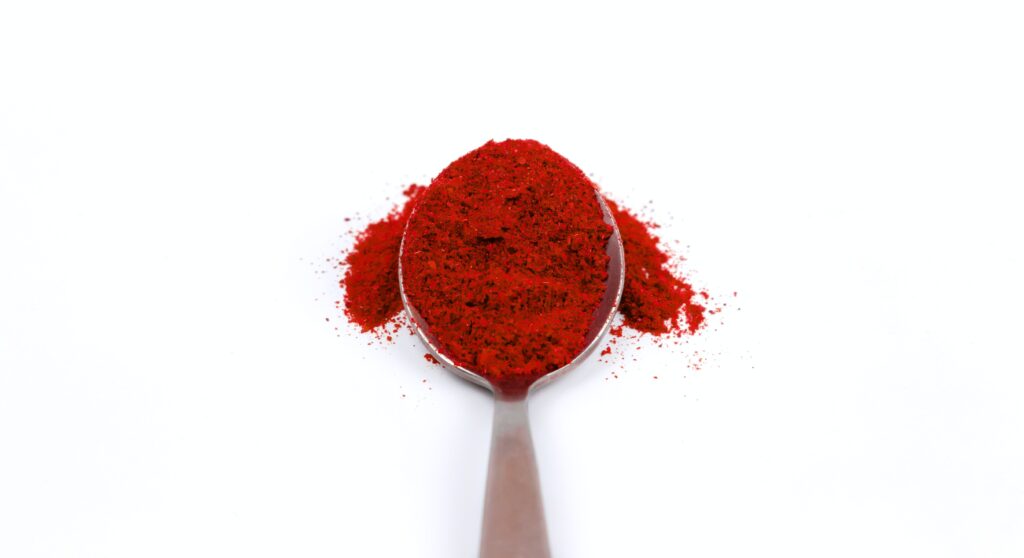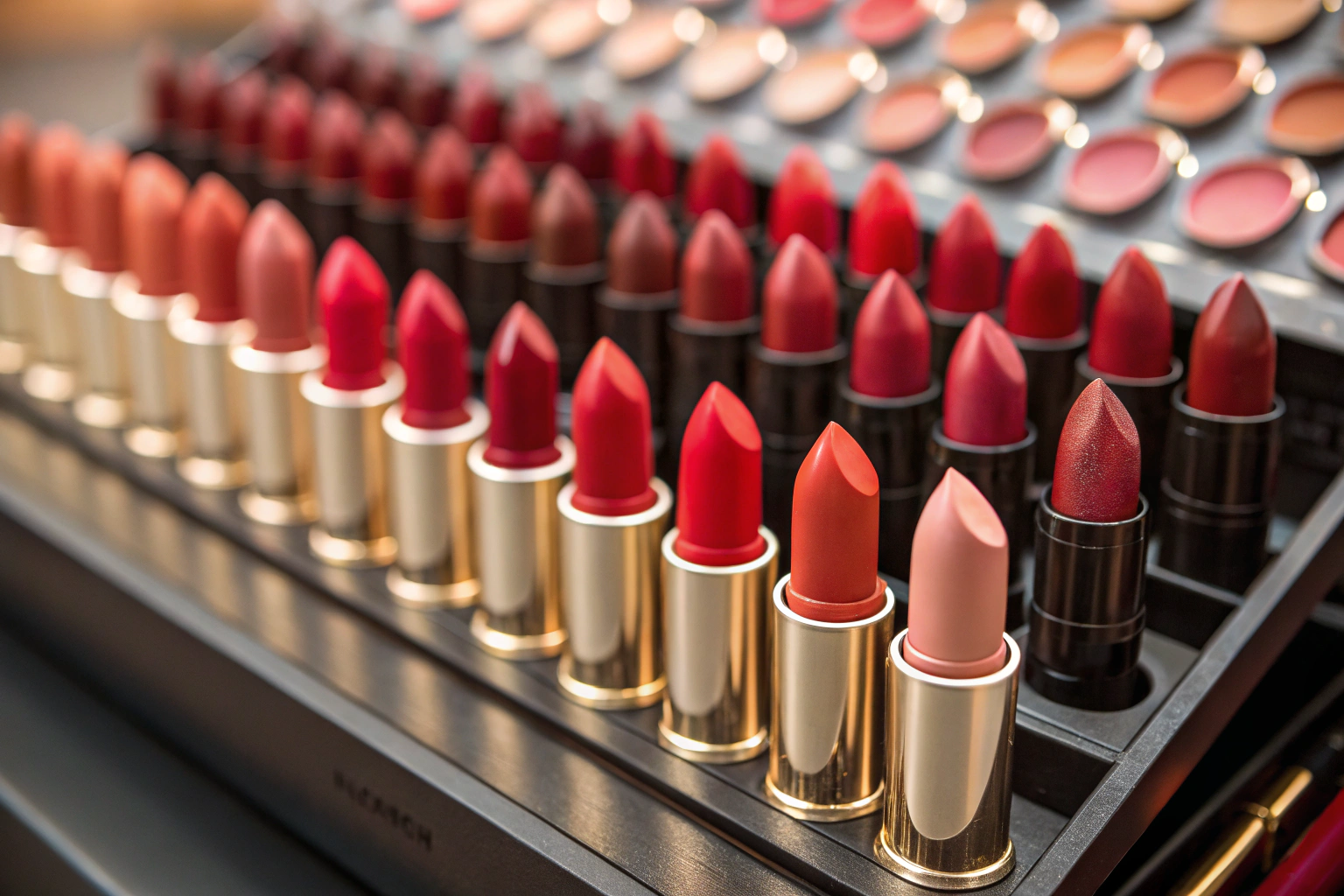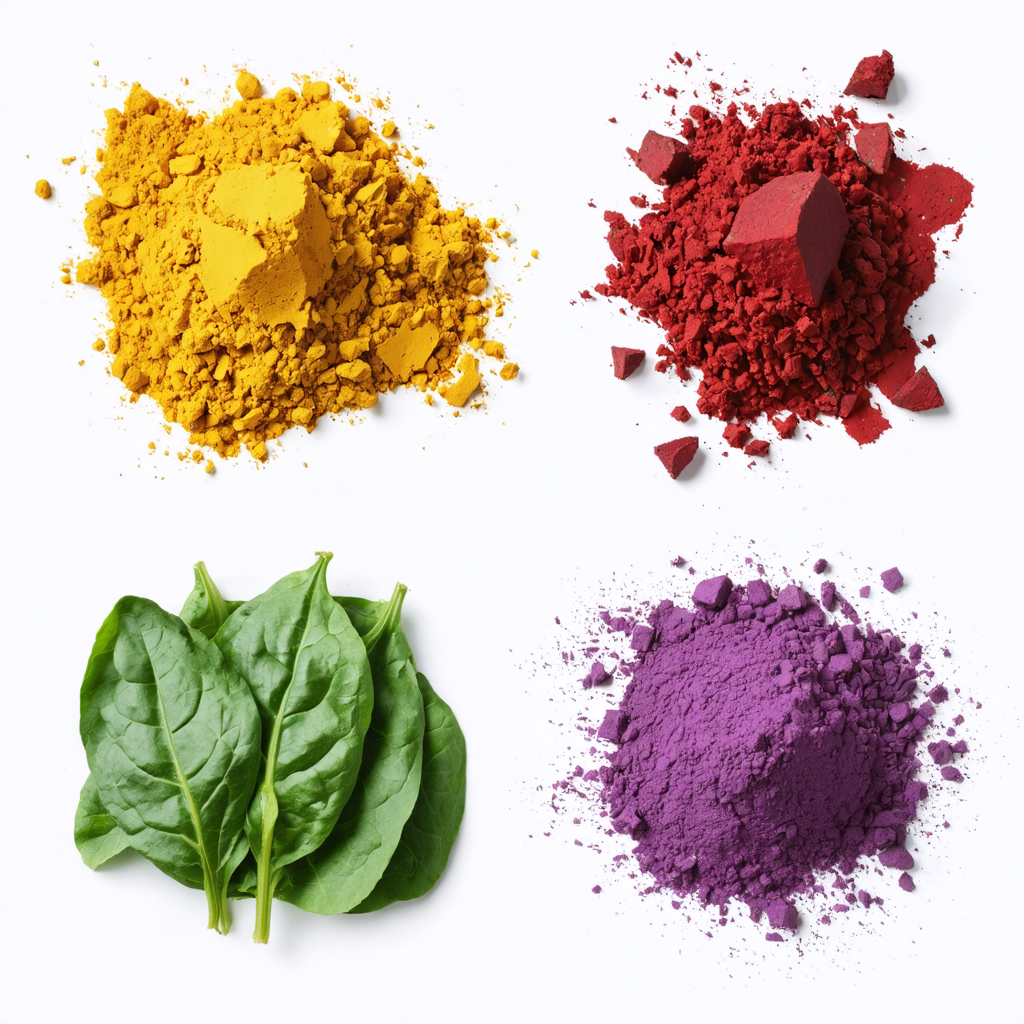A red radish color using the radish’s tuberous roots, colour can be extracted. It is a dark red powder that is highly soluble in water and ethanol but not in oil.
When the PH value is below 5, orange-red appears, follow by purple-red when it is between 5 and 7, and blue when it is over 7. The hue is heat- and light-resistant in an acidic environment. Let se how red radish color FDA rules allow this color for food usage
So, the Food and Drug Administration (FDA) has given Red Radish its approval to be use at all concentrations that are regard as Good Manufacturing Practices and do not go over what is required to produce the desired colouring effect.
Hence, several organic and non-organic food products currently use red radish extract as a colour component. Red Radish Extract has been use in organic foods as a permitted non-synthetic ingredient under the National List 205.605 restriction for "Colors, non-synthetic sources only".
Table of Contents
ToggleSpecification of Red radish color
- Sales markets: North America, Central/South America, Australia, Asia, Eastern Europe, and Western/Eastern Europe
- Supplier in : China
- Using Categories: Desserts/ice cream, frozen foods, nutritious foods & beverages, meat & meat products are some examples of end-use categories.
- FDA, Halal, Health & Safety (GMP, HAACP and equivalents), 4561
The term "red radish extract" refers to the colouring elements that were taken from the scientific species of Brassicaceae raphinus sativus.
Furthermore, the term "red radish extract" refers to the colouring elements that were taken from the scientific species of Brassicaceae raphinus sativus.
Various names
- Radish Extract powder
- Red Radish Extract concentrate
Red radish color extraction
In Radish tuberous roots is extract to produce red redish colour. It is a dark red powder that dissolves readily in ethanol and water but not in oil. The hue altered depending on the PH value; it is orange-red below PH 5, purple-red between PH 5-7, and blue above PH 7. Acidity condition; the colour is heat- and light-resistant.
Pigment & color stability of Red Radish color
Sample juices (pH 3.5) were test for colour and pigment stability over 65 weeks of storage at 2°C and 25°C in the dark. Red-fleshed potatoes (Solanum tuberosum) and red radishes (Raphanus sativus), two acylated pelargonidin-based anthocyanins,
And two extraction techniques (C-18 resin and juice processing) were employ in comparison to FD&C Red #40. Anthocyanin structure, storage temperature, and extraction technique all had an impact on colour (CIELch) and pigment degradation, with chemically extracted radish anthocyanins exhibiting the highest levels of stability overall.
In addition, Potato juice concentrate had the lowest stability at ambient temperature (25°C), while C-18 purified radish anthocyanins had the highest (22 wk half-life) (10 wk half-life). The pigments’ half-life was further extend to almost a year by refrigeration.
Color ability of Red radish
So, its ability to colour, the red radish (Raphanus sativus) is use as a raw material. Normally red, however depending on the pH levels of the medium, it can also turn yellow. Oils cannot be dissolved in red radish extract, which is soluble in water stable at acidic pH.
Also, the starting material is obtain by cleanse, chop, and remove using a solid-liquid method, dehydrated, sterilised, concentrated, and filter
However, The red radish’s most significant anthocyanins are cyanidin (3-sphorioside-5-glucoside) and pelargonidin (3-sphorioside-5-glucoside) and red radishes have an above-average food and beverage stability applications as a naturally occurring colouring agent, including more durable in an acidic environment
So give us order right away click Here.
Having concern’s regarding this color? Seek help from live chat.
Furthermore, learn more about Santa products click here.




